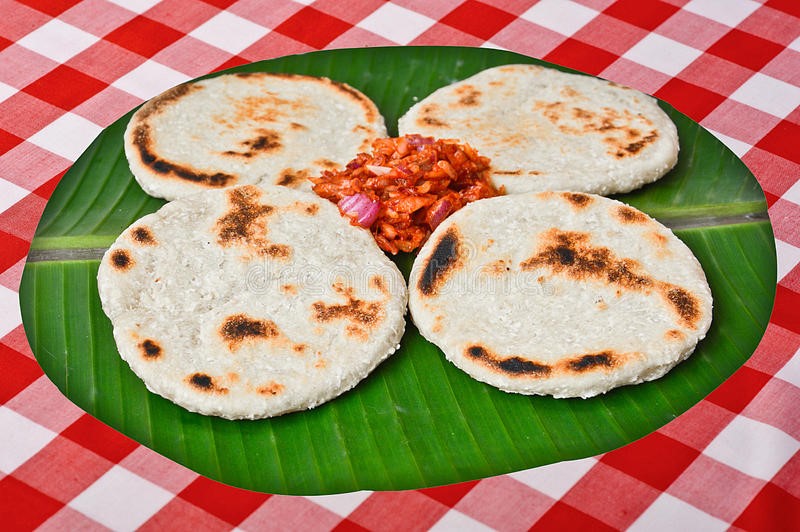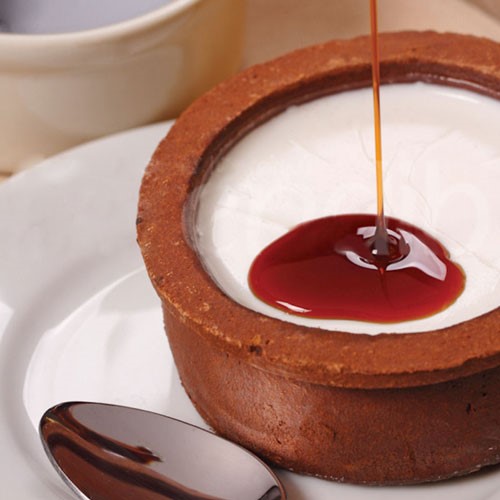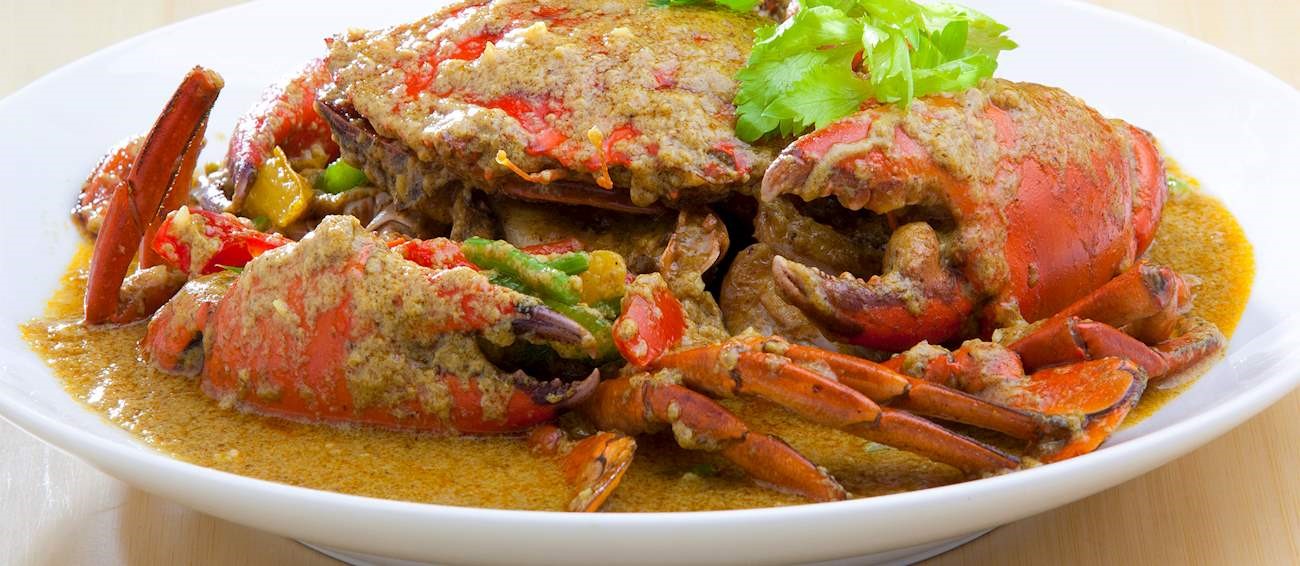Must try Foods in Sri Lanka
The beauty of Sri Lanka lies not only in its exquisite sandy beaches with dreamy coastlines, breathtaking scenery and opulent wildlife, but also in the rich diversity of cultures, compressed into one beautiful little island. This cultural diversity has greatly influenced Sri Lanka's culinary arts, with each community adding their twist to the local cuisine, making it as varied as it is rich. Thus, Sri Lankan cuisine has a taste for every palate and promises a unique and memorable experience for food lovers across the globe.
Hoppers
Called appa in Sinhala and appam in Tamil, hoppers are also known as Sri Lankan crêpes and are definitely amongst the most popular and "must try" foods in Sri Lanka. It makes for an ideal breakfast and even a tasty and mouthwatering dinner. The round bowl-shaped hoppers have a thick, spongy middle and thin, crispy outer ends which require some skill and experience to get it made to just the right texture. It is made from a combination of rice flour, coconut milk as well as yeast or baking soda.
There are different hopper varieties in Sri Lanka, ranging from plain hoppers to egg hoppers (made with an egg cracked into the middle), pani / jaggery hoppers (a sweet hopper made with jaggery mixed into the batter, resulting in a brown coloured hopper) and milk hoppers (with coconut milk and sugar poured onto the middle). Hoppers are great to be eaten with a variety of Sri Lankan curries, but is very often enjoyed with a simple but famous lunu miris which is a spicy sambol made out of ground onion, red chilies, lime juice and salt.
Kiribath with Lunu Miris
Kiribath or milk rice when translated into English, is a traditional food in Sri Lanka, usually eaten for breakfast and also on special occasions and at the start of new ventures. It is made by boiling red or white rice with water and coconut milk. Once cooked, it is usually flattened into a cake and cut into cubes or diamond shapes for serving. It can be eaten with a variety of curries, but one of its most common and favourite accompaniments being lunu miris, a spicy sambol made out of onion, red chillies, lime juice and salt, ground together. Sometimes, tiny pieces of Maldive fish are also added to the lunu miris to give it that extra flavour.
Pol Roti with Lunu Miris
This is a type of flat bread made with wheat flour mixed with grated coconut and water. It is usually eaten for breakfast or dinner along with a traditional lunu miris sambol. It can also be eaten as a snack at any other time of day, especially during tea time. The dough of the roti is made into balls which are then rolled out and cooked on a hot pan sprinkled with a bit of oil. Once golden brown / dark brown spots appear on the surface of the roti, along with a wonderful inviting smell, the roti is ready. Sometimes, curry leaves along with chopped green chili and onions are also added to the dough to make a pol roti that is even more delicious.
Curd with Kithul Treacle
Curd, the taste of which has often been compared as being slightly akin to Greek yogurt, is made from naturally fermented buffalo milk. Curd is traditionally sold in clay pots where it is left to set, thus giving it a unique taste and even texture. Its slight sour taste is countered by consuming it with kithul treacle which is generously poured on top of the curd. Kithul treacle is a very popular treacle made from the sap of the toddy palm (also known as the fishtail palm) which is collected over several days and then painstakingly boiled usually over an open fire until it becomes a thick, sticky, sweet syrup. This involves a lot more patience and hard work than it sounds, but its end result is the much loved kithul treacle which is a favourite among Sri Lankans and an important ingredient in Sri Lankan cuisine. Curd with kithul treacle is a very popular dessert in Sri Lanka and is also often eaten for breakfast.
Fish Ambul Thiyal (Sour Fish Curry)
This dish is a delicacy in all parts of Sri Lanka today, with its origins attributed to the southern part of the island, where this method of cooking fish had been initially used to help preserve fish in the days before refrigerators were invented. Usually a dry dish, without gravy, it is truly unique and full of intense flavour, being spicy, sour and peppery at the same time. The rich flavour comes from the use of a range of spices including cloves, cardamom, cinnamon, black pepper and red chili flakes, ideally cooked in a clay pot over a woodfire, as was the traditional way.
However, the special ingredient is the fruit goraka, also known as brindleberry or Malabar tamarind, which gives the dish its characteristic sour taste and blackish colour. Generally, either tuna or mackerel is used for the dish.
Kola Kenda (Herbal Porridge)
Kola kenda is a traditional porridge that is widely consumed for breakfast or sometimes even before breakfast, even though it is wholesome enough on its own. Made from a variety of greens (from where it derives its name kola kenda, with kola meaning leaves and kenda meaning porridge in Sinhala), it is very rich in nutrition. Various types of greens are used in the making of kola kenda such as curry leaves, gotu kola (pennywort), pol-pala (mountain knotgrass), hathawariya (wild asparagus) and mukunuwenna (sessile joyweed). Sometimes, other less common medicinal herbs such as kowakka (ivy gourd), monarakudumbiya (little ironweed) and iramusu (Indian sarsaparilla), amongst others are used for an even healthier option.
Either one of these greens or a combination of them are blended together with cooked rice as well as coconut milk and sometimes grated coconut. It makes for a very refreshing porridge and usually enjoyed with a piece of jaggery.
Jaffna Crab Curry / Jaffna Prawn Curry
If you are a lover of seafood, the crab curry and prawn curry made Jaffna style, will definitely be worth your while The Jaffna crab curry is a signature dish in the northern province of Sri Lanka. There is no graceful way of eating this dish, however you can rest assured that after tasting it, you will not be sorry for having dared to get your fingers dirty.
This crab curry is well known for its complex flavour of fiery hotness blended with a lingering sweetness. The complex depth of flavours are achieved through some simple and everyday ingredients such as black pepper, fennel seeds, mustard seeds, cinnamon, green chilies and chili powder as well as tamarind. Moringa (drumstick) leaves are also sometimes added to infuse a tinge of bitterness and texture to the dish. You may need to keep a glass of water and some tissues nearby before you tuck into this fiery hot, yet lip-smacking dish.
Jaffna prawn curry on the other hand is a spicy curry with tender and succulent prawns cooked in a variety of spices and coconut milk. Moringa (drumstick) leaves are also sometimes added to intensify the flavour of the dish. This delicious and flavoursome dish complements well with rice, bread or even roti (flatbread).








